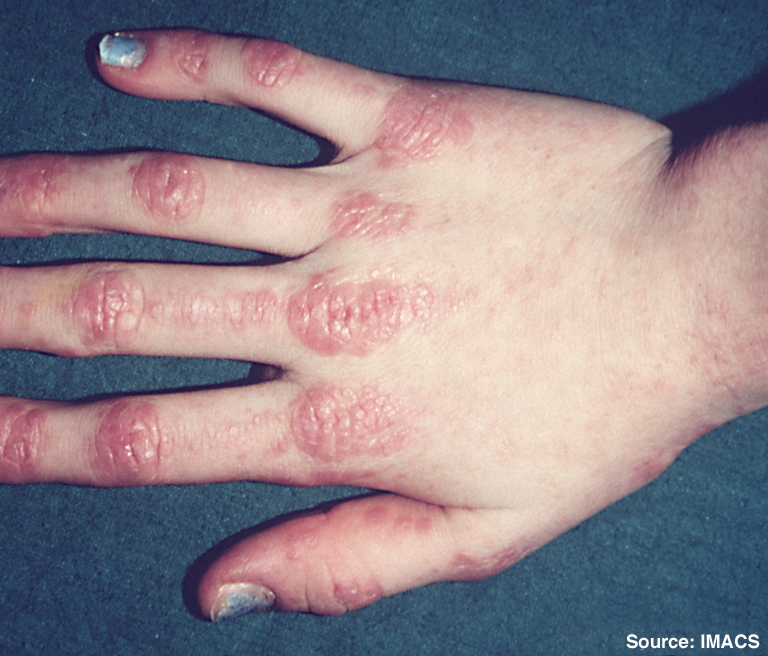Treatment of spondyloarthritis with disease-modifying anti-rheumatic drugs during pregnancy and breastfeeding: comparing the recommendations and guidelines of the principal societies of rheumatology
All claims expressed in this article are solely those of the authors and do not necessarily represent those of their affiliated organizations, or those of the publisher, the editors and the reviewers. Any product that may be evaluated in this article or claim that may be made by its manufacturer is not guaranteed or endorsed by the publisher.
Authors
Objective. This paper aims to provide an overview of the use of treatments available for axial spondyloarthritis (axSpA) and psoriatic arthritis (PsA) during pregnancy and breastfeeding, according to current national recommendations and international guidelines, as well as data on the impact on pregnancy outcomes of paternal exposure to treatment.
Methods. We performed a narrative review of national and international recommendations and guidelines on the reproductive health of patients suffering from rheumatic diseases. The last updated recommendations and guidelines were considered source data.
Results. We reported updated information regarding the treatment of axSpA and PsA with nonsteroidal anti-inflammatory drugs, intra-articular glucocorticoids, conventional synthetic disease-modifying antirheumatic drugs (DMARDs), biologic DMARDs, and targeted synthetic DMARDs during the preconception period, pregnancy, and breastfeeding, as well as data related to paternal exposure. We highlighted any medications that should be discontinued and/or not used in the reproductive age group and also treatments that may be continued, avoiding the withdrawal of drugs that can be used in the different phases, thus preventing the risk of increasing disease activity and flares before, during, and after pregnancy in SpA patients.
Conclusions. The best management of pregnancy in patients with SpA is based on knowledge of updated drug recommendations, a careful and wise evaluation of the risks/benefits of starting or continuing treatment from the SpA diagnosis in a woman of childbearing age through pregnancy and lactation, and sharing therapeutic choices with other healthcare providers (in particular, gynecologists/obstetricians) and the patient.
How to Cite

This work is licensed under a Creative Commons Attribution-NonCommercial 4.0 International License.
PAGEPress has chosen to apply the Creative Commons Attribution NonCommercial 4.0 International License (CC BY-NC 4.0) to all manuscripts to be published.












